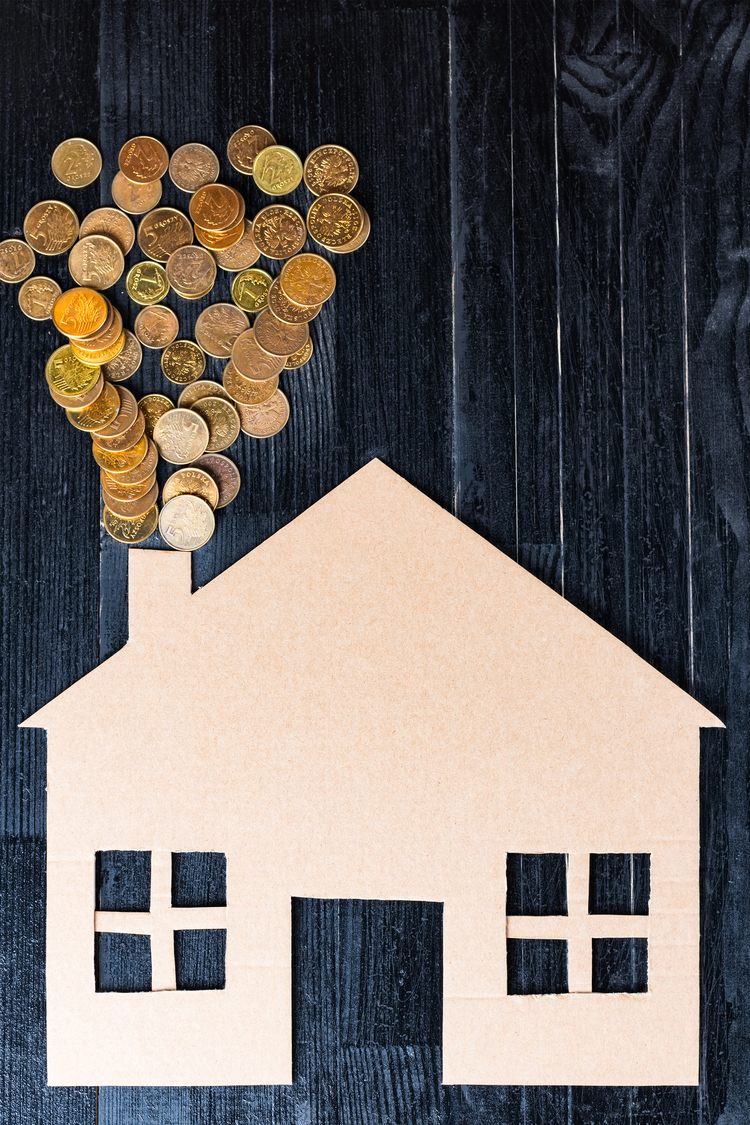Fall is in the air in the Inland Northwest and it can't be a more beautiful time in North Idaho and Eastern Washington. Despite the wild ride we have been on in 2020, we still need to be diligent about every penny spent and every penny wasted. Haddock & Associates Insurance Agents care about every aspect of your protection and proactive energy saving actions you can take. Safeco Insurance put out the below article in 2018 and since more of us are working from home, some of the numbers have drastically increased. Now more than ever, is a great time to self-audit your home energy usages and decrease where you can.

"Drafty windows. Leaky faucets. Dirty air filters. All are common issues in homes across the country, and they're not just annoying—they also cost you money in decreased energy efficiency and higher bills. The U.S. Environmental Protection Agency's Energy Star program estimates that homeowners can save 5% to 30% on annual energy costs by incorporating technologies to make their homes operate more efficiently. Think that's not a big deal? Based on typical energy costs, it could mean savings ranging from $105 to $627, according to Energy Star. That sounds pretty good to us. And even if you’re not the handiest person when it comes to home maintenance, checking your energy efficiency is something you can easily do yourself. (Although if you want to get the biggest bang for your buck, Energy Star recommends a professional home-energy audit.)
Just follow the tips below—you'll see where your home loses energy, how efficient your heating and cooling systems are, and ways you can decrease your electricity use. First, just for reference, here's how the average energy bill breaks down:
- Heating: 29%
- Electronics: 21%
- Water heating: 13%
- Cooling: 13%
- Appliances: 12%
- Light: 12%
